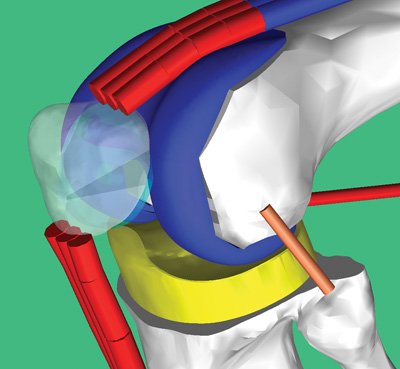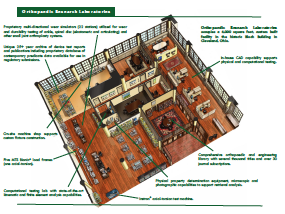Computational Analysis

Although TKA surgery enjoys 90% of outcomes with good to excellent results, some patients are uncomfortable adjusting their gait to accommodate the new articulations inherent in many contemporary implant designs. Paradoxical motions, inclusive of anterior sliding and lateral pivot of the femur relative to the tibia are examples of aberrant TKA kinematics that are opposite of those observed in healthy intact knees. ORL has one of the few licenses available for KneeSIM, a dynamic, validated musculoskeletal modeling system which provides an environment in which activities such as walking gait, lunge, stair ascent and descent, and deep knee bend may be simulated. The long-term ORL experience with this software has enabled its utilization in not only product development and optimization, but regulatory submissions to satisfy the range-of-motion (ROM) requirements of ASTM F2083-11.

